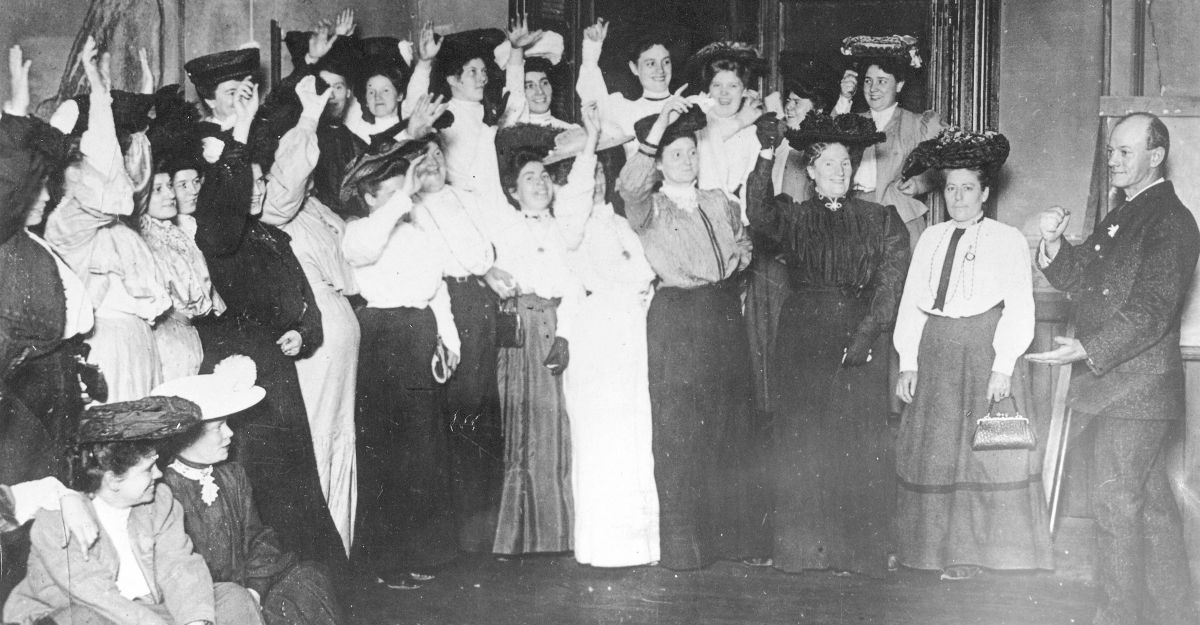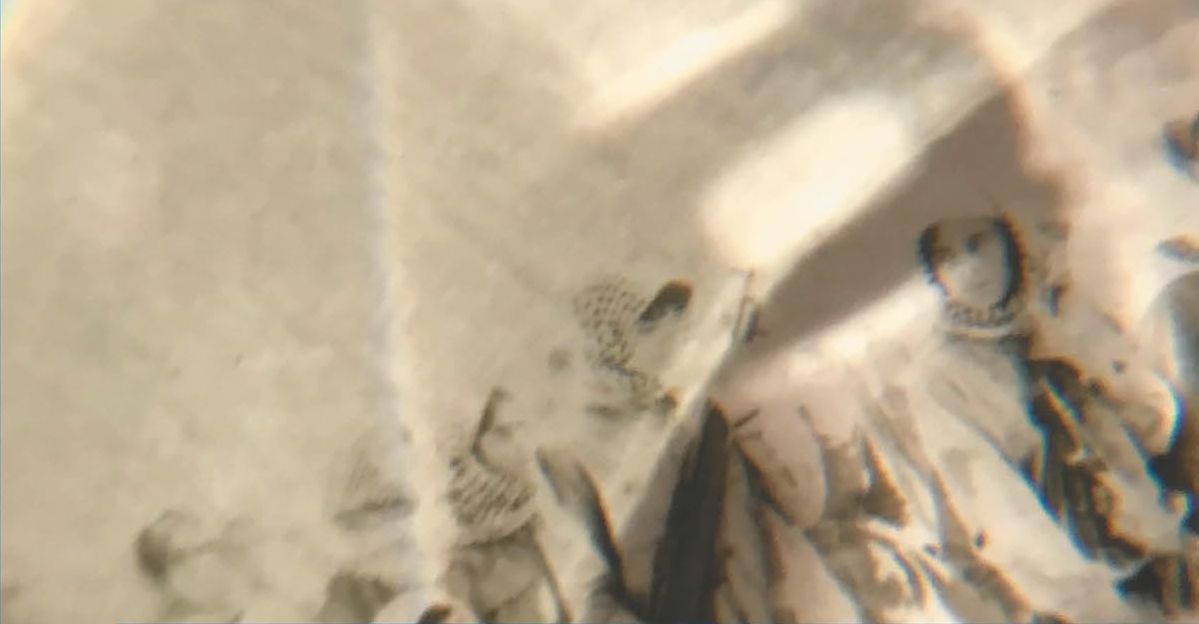A Decision to Discriminate: Aboriginal Disempowerment in the Northern Territory
By Michele Harris; foreword by Alastair Nicholson
Published by Concerned Australians
Senator SCULLION: There is a fundamental thread through most of the feedback we get when we talk about consultation. When we get to most communities any observer would say that Aboriginal people more generally hate the intervention. They do not like it, it invades their rights and they feel discriminated against.
‘House of Representatives during the ‘Debate’ on the Stronger Futures Legislation’
Let me begin by laying my cards on the table. I think Concerned Australians (cA) are wonderful. They are a group of volunteers across Australia, including Georgina Gartland and Michele Harris (the latter prepared this book). They have produced amazing and important work on the Intervention in the Northern Territory, producing reports, UN submissions and books. Their work has been impeccable, and particularly valuable in bringing to a broader Australian public the views of Indigenous communities living under the Intervention, whose voices otherwise may have gone unheard.
Jumbunna Indigenous House of Learning at the University of Technology, Sydney has prepared two major reports on alleged government consultations with Indigenous communities about Intervention measures (Will they be Heard? and Listening But Not Hearing). Both of these major studies were made possible by transcripts of public meetings that were part of the consultations: transcripts prepared by cA. Indeed, Will they be heard? was initiated and coordinated by cA.
There is by now a vast literature on the lack of evidence in favour of the Intervention. This includes articles written by Jon Altman, Chris Graham, Eva Cox and me. It also includes an authoritative study on the lack of evidence for income management by Cox in the Journal of Indigenous Policy.
However, less attention has been paid to the considerable evidence that there is strong Indigenous opposition to the Intervention and its assorted measures. One underappreciated contribution in this regard is Paddy Gibson’s important paper, Return to the Ration Days, which features dozens of interviews with Indigenous people living under the Intervention.
One of the other great contributors in this regard is cA. They have endeavoured, through their contributions to reports, and previous books they have put out, to enable us to hear the voices of Indigenous people living in ‘prescribed communities’ in the Northern Territory. This service is of tremendous value in helping us to fight the Intervention, and understanding why this fight is so important.
With my bias declared, I should also say I have not met anyone from cA, though I hope to do so at the launch of their new book at gleebooks. I have corresponded by email with one of their members, who regularly sends me news relating to the Intervention. When I was asked to review their new book, I responded with pleasure. Many of us who have campaigned against the Intervention have accrued a considerable debt to them. Indeed, just a quick trip to their website will offer readers countless insights and valuable sources of information on the Intervention.
The background for the book is this: the Northern Territory Emergency Response (‘Intervention’) was set to last five years. The Labor government has decided to expand and continue the Intervention for a further 10 years, in what is known as the Stronger Futures legislation. This legislation was purportedly based on extensive consultations with Indigenous communities in 2011. These communities supposedly loved the Intervention and were supposedly dying for more such punitive measures.
As set out in the book, the legislation was then tabled in the House of Representatives in November last year, sneaked in just before it would have been subjected to the scrutiny of Parliamentary Joint Committee on Human Rights. Readers can judge for themselves how Labor thought its new legislation would fare when scrutinised for consistency with human rights.
The legislation was then sent to a Senate Inquiry, which held a series of public meetings about it. There were hearings in Alice Springs, Darwin and Canberra. However, Harris notes, the
most important Hearings would be held in Ntaria [Hermannsburg], a ‘prescribed community’ 130 kilometres west of Alice Springs and in Maningrida a ‘prescribed community’ in Arnhem Land, over 500 kilometres east of Darwin, 250 kilometres of it on unsealed road. People of these two communities, selected by the Committee to give evidence, would be directly affected by the newly proposed laws.
On 27 February, Stronger Futures passed the House of Representatives, with both major parties supporting it. They did not even bother to wait for the Senate to release its report. One wonders if the government was afraid of what the Senate might find. One also wonders if they considered this the best use of taxpayers’ money (which was spent on the Inquiry). The legislation proceeded to pass the Senate at the end of June.
 The book’s primary focus, then, is on providing quotes selected from the public hearings from the Senate Inquiry. Full transcripts of the hearings are conveniently available at the cA website, along with video footage of the hearing at Maningrida.
The book’s primary focus, then, is on providing quotes selected from the public hearings from the Senate Inquiry. Full transcripts of the hearings are conveniently available at the cA website, along with video footage of the hearing at Maningrida.
The cumulative effect of the selected quotes is considerable: they show there is enormous opposition to the Intervention. From Aboriginal communities, major Indigenous organisations, human rights organisations and spokespeople, who speak out – articulately, passionately, and forcefully – against the Intervention and Stronger Futures. The selected quotes range from commentary on the consultations last year to commentary on the Intervention more generally, and on particular aspects of it.
The stakes of this are quite significant. As Jenny Macklin, the Minister for Indigenous Affairs, has been unable to point to evidence in favour of the Intervention’s achievements, her primary form of justification for the measures lately has been the claim that Indigenous communities love these measures. For example, in October last year, Macklin was on ABC saying, ‘Well the message loud and clear from Aboriginal people, from parents and grandparents is that they want this’. As reported by Stephen Dziedzic, ‘The consultation report says there’s broad acceptance of the intervention in remote Indigenous communities in the Northern Territory.’ Indeed, ‘the report seems to indicate that Indigenous people are largely happy with what the Government’s already doing.’ Dziedzic noted that some disputed this. The Aboriginal and Torres Strait Islander social justice commissioner Mick Gooda was critical of the consultation process, as was the Greens Senator Rachel Siewert. And, of course, the ‘Opposition’s Indigenous affairs spokesman Nigel Scullion has indicated the Coalition will probably back the legislation’.
So amidst all this even handed reporting, where does the truth lie?
As to the Intervention generally, Harris produces this gem from Senator Scullion:
Senator Scullion, a member of the Senate Committee: When we get to most communities any observer would say that Aboriginal people more generally hate the intervention. They do not like it, it invades their rights and they feel discriminated against.
As noted in a typically piercing and important article by Chris Graham, which also covered the consultations at length, Senator Scullion proceeded to vote for the legislation.
Let me repeat that. Macklin produced consultations which purported to show that there’s ‘broad acceptance of the Intervention in remote Indigenous communities’. Senator Scullion acknowledged ‘Aboriginal people more generally hate the Intervention’. Scullion then voted for an extension of these measures.
The book is no less revealing on the subject of the consultations. As noted, Macklin claims that the new legislation was based on Indigenous communities requesting these measures in the consultations. Harris provides a raft of quotes from Indigenous people from Indigenous organisations complaining about the consultations. A spokeswoman for the Babbarra Women’s Centre complained her organisation was not invited. The CEO of Bawinanga Aboriginal Corporation complained that ‘people were ill-prepared, ill-informed and unable to participate knowingly in that consultation process.’ He noted that ‘The discussion paper on Stronger Futures was actually handed to members of the community minutes – literally minutes – before the minister arrived for that consultation.’ Mr Cubillo, the NT Anti-Discrimination Commissioner noted complaints that ‘only a few were spoken to, that the duration of visits was too short and that some Aboriginal Territorians could not participate because of language, dialect or hearing impairments’.
It is salutary to again return to the words of Senator Scullion. Noting that the consultations were supposedly about Stronger Futures, one person queried how this would differ from the Intervention. Scullion replied: ‘The difficulty is that we have arrived here to hear what you think about that but what you are really saying is, “Let’s go back to the first stage, because we do not understand what the differences are”.’ Scullion even conceded: ‘In fact, I suspect it [the consultation process] has been a monumental failure.’
Recall, this consultation process was Macklin’s leading justification for Stronger Futures.
The contribution this book can make to public debate on the Intervention is inestimable. Across a range of other issues, it offers devastating critiques of the Intervention, from Indigenous communities and leading organisations. Yet despite the devastating array of evidence that Harris has shown was brought before the Senate Inquiry, this proved to be no obstacle to bipartisan support for Stronger Futures, and it passing in the Senate. Even though, as Harris noted, the Senate report ‘acknowledged the high levels of confusion and lack of understanding surrounding the Stronger Futures legislation as well as the inability by many to recognise the difference between this and the earlier NTER legislation’.
And even though the Senate was well informed of Indigenous opposition to the Stronger Futures package, Harris notes that ‘the Committee made no attempt to address the overall findings of the report’. The tasks given to the Senate Committee included assessing ‘evidence of community awareness/acceptance’, and the effect of the measures and implementation plans. Mysteriously – amazingly – it chose not to do so. Senator Scullion, however, has indicated precisely what we may have heard, if the Senate Committee had chosen to do the job it actually supposed to do.
Go out and buy this book. You can see a selection of the evidence the Senate Committee chose to ignore: a powerful array of voices that otherwise may have gone unheard. And then, go and ask your local representatives why they’ve chosen to inflict this latest abomination on Indigenous Australians.






